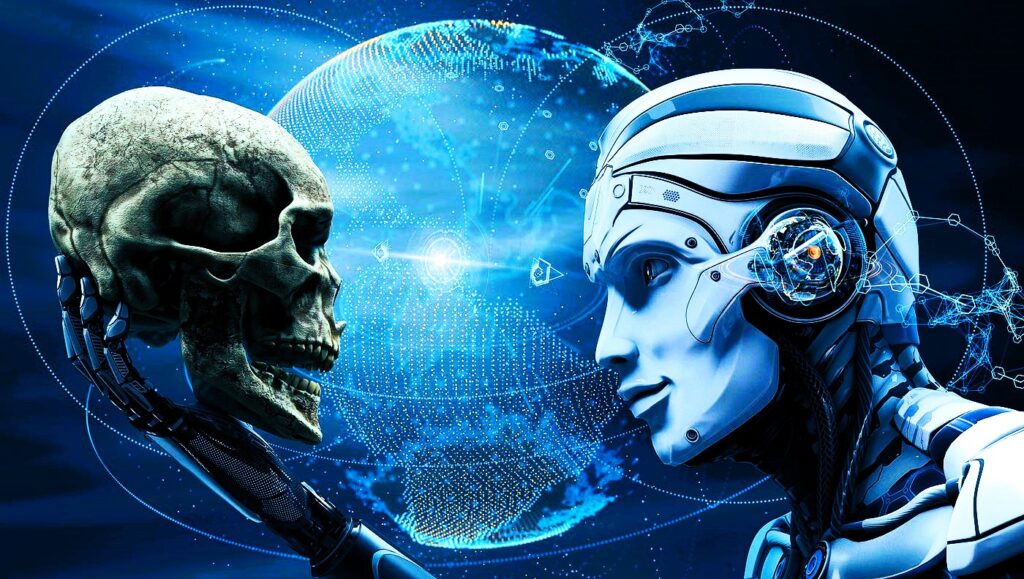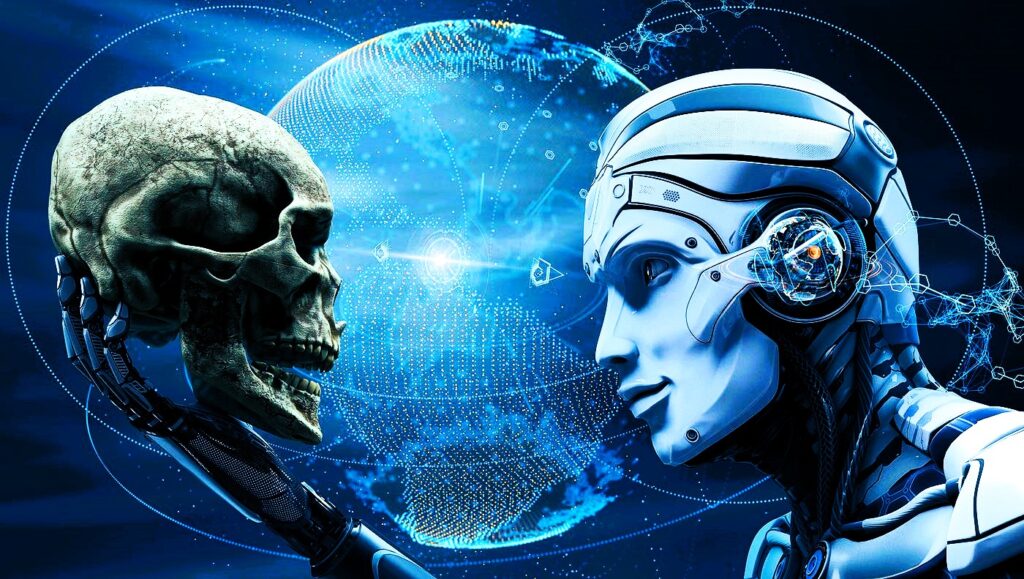
dangers while harnessing the transformative potential of AI-powered humanoid robots.
AI-powered humanoid robots have emerged as a technological marvel, showcasing advancements in artificial intelligence (AI) and robotics. While these creations hold the potential to revolutionize various industries and enhance our daily lives, concerns have been raised about the potential dangers they pose to the world. This exploration delves into the multifaceted aspects of the risks associated with AI-powered humanoid robots and the imperative for responsible development and deployment.
1. Ethical Considerations:
The ethical implications of AI-powered humanoid robots are a central concern. These machines, equipped with advanced AI algorithms, have the potential to make autonomous decisions and exhibit behavior that may raise ethical questions. Ensuring that these robots adhere to ethical standards and principles is crucial to prevent misuse or actions that may conflict with human values.
2. Autonomous Decision-Making:
As AI evolves, the autonomy of humanoid robots increases. The ability to make decisions independently raises concerns about the consequences of autonomous actions. Without proper safeguards, there is a risk that robots could make decisions that are harmful or ethically questionable.
3. Job Displacement:
The widespread adoption of AI-powered humanoid robots has the potential to disrupt traditional job markets. Automation in various industries may lead to job displacement for human workers, raising socio-economic challenges and necessitating the development of strategies to address these shifts.
4. Security Risks:
AI-powered robots connected to networks could become vulnerable to cyber-attacks. Malicious actors might exploit vulnerabilities in the software or manipulate the AI algorithms, leading to potentially harmful consequences, ranging from privacy breaches to physical threats.
5. Lack of Regulation:
The rapid development of AI technology has outpaced regulatory frameworks. The absence of comprehensive regulations leaves a void in ensuring that AI-powered humanoid robots are developed, deployed, and used responsibly. Establishing clear guidelines is essential to mitigate potential risks and safeguard against unintended consequences.
6. Bias and Discrimination:
AI algorithms are susceptible to bias, as they learn from historical data that may reflect existing societal prejudices. If not carefully designed and monitored, humanoid robots could perpetuate or exacerbate biases, leading to discriminatory outcomes in areas such as hiring, healthcare, or law enforcement.
7. Privacy Concerns:
AI-powered humanoid robots equipped with sophisticated sensors and cameras raise significant privacy concerns. The collection and analysis of personal data could infringe on individuals’ privacy rights, necessitating robust regulations to protect against unwarranted surveillance and data misuse.
8. Lack of Accountability:
Determining accountability in the event of accidents or misuse of AI-powered robots poses a challenge. Establishing clear lines of responsibility, especially in scenarios involving autonomous decision-making, is crucial to ensure accountability and facilitate legal recourse when necessary.
9. Unintended Consequences:
The complexity of AI systems makes it challenging to predict all potential outcomes. Unintended consequences, whether in the form of unexpected behavior or unforeseen interactions with humans, underscore the need for rigorous testing, monitoring, and continuous improvement in AI development.
10. Human-Robot Interaction:
The integration of humanoid robots into human environments introduces new dynamics in human-robot interaction. Ensuring that these interactions are safe, respectful, and beneficial to both parties requires a nuanced understanding of human behavior and psychology.

